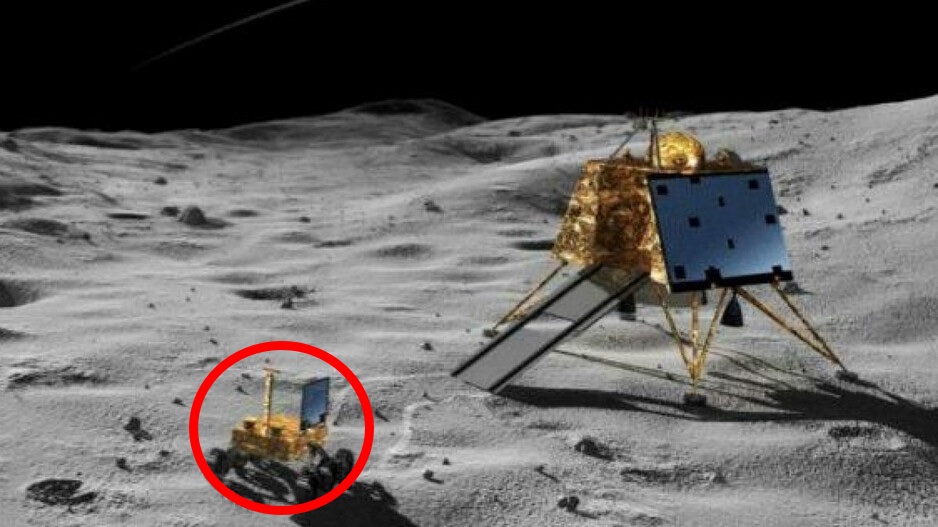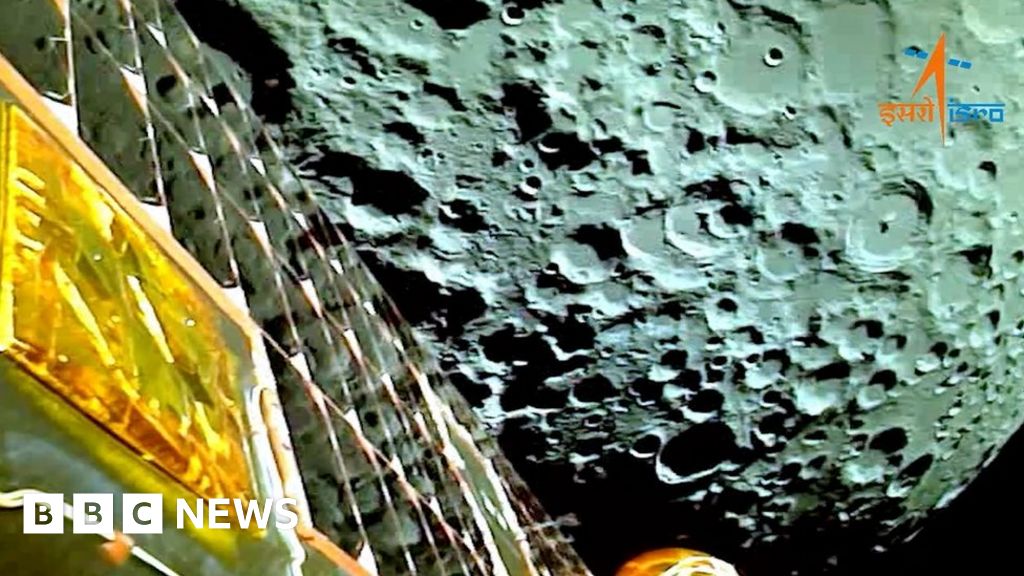
In a watershed moment for India’s space program, on Wednesday, the Chandrayaan-3 spacecraft successfully touched down at the unexplored lunar south pole. This is the first time any country has visited this area of the Moon.
Update: The Pragyan rover has rolled off the Vikram lander. Due to the amount of dust kicked up upon the touchdown of the Vikram lander, the rollout of the rover was delayed.
Chandrayaan-3 launched last month carrying the robotic lander and rover. On Wednesday, August 23, at around 8:34 a.m. ET, the mission successfully landed on the Moon’s south pole.
The Chandrayaan-3 mission had been in the planning and development stages for several years. It aims to build upon the successes of India’s previous lunar missions, Chandrayaan-1 and Chandrayaan-2.

What’s next?
While Chandrayaan-1 provided crucial data about the Moon’s mineral composition, and Chandrayaan-2 contributed to our understanding of the lunar surface and its water ice deposits, Chandrayaan-3 was specifically designed to physically explore the surface.
It consists of a lander named Vikram that’s equipped with instruments capable of studying the Moon’s surface properties, conducting experiments to understand its geophysical characteristics, and mapping potential resources.
Additionally, it carries a rover named Pragyan with enhanced mobility capabilities, which will soon be deployed from the lander to traverse the lunar landscape. We anticipate upcoming high-resolution images from the rover, which will also collect lunar soil samples for analysis.
Don’t miss the opportunity to get some trending Chandrayaan and ISRO merch on Amazon.
Related stories:
- Hubble space telescope captures strange image of ‘ghostly’ galaxy
- Mysterious ‘question mark’ object seen by NASA’s James Webb Space
- TelescopeNASA detects signal from Voyager 2 after losing contact in deep space
FTC: We use income earning auto affiliate links. More.



Comments